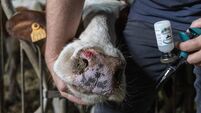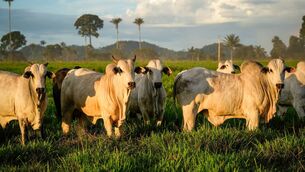Make your mind up time
It’s hard to see how quota will retain such a high value from 2015 onwards, and on that basis, selling now and cashing in on high quota prices makes perfect sense.
IF you’re reading this after calving a cow or two, followed by a morning’s milking, you may be wondering, “How long more am I going to do this and how do I make the most of my quota?”













